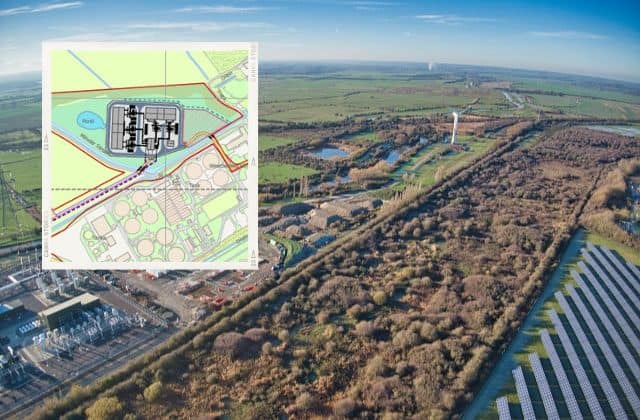
Permission has been granted for ‘large scale’ development of an electricity grid facility with cables going through a ‘vital wildlife corridor’ between Minster Marshes and Pegwell Bay.
The development will include four buildings, compensators, electrical infrastructure, underground cabling, access tracks, drainage, fencing and two bridges over the Minster stream.
The application was submitted by a subsidiary of Transmission Investment and approved last month.
TI ProjectCo 2 said the development is needed “to stabilise the local grid network, ensuring that a stable voltage is maintained, and electrical transmission is unaffected.”
The grid facility will be in the middle of a field adjacent to the Weatherlees water treatment works and is in the Sandwich Bay to Hacklinge Marshes Site Site of Special Scientific Interest (SSSI); adjacent to Ash Level and South Richborough Pasture Local Wildlife Site and within 1km of Sandwich and Pegwell Bay nature reserve.
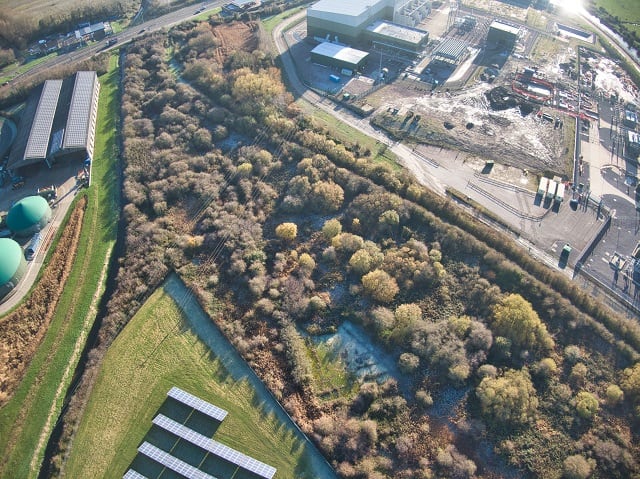
It will consist of four buildings – two compensator buildings, a gas insulated switchgear building and an amenity building -five main transformers, 400kV switchgear, busbars, cabling, a cooling system, security fencing, internal access roads and drainage. A platform for the development will be approximately 1.6ha and will be levelled.
The compensator buildings will measure 81.8m by 22.5m with a height of 10m and 59.6m by 22.6m with a height of 10m.
The Gas Insulated Switchgear building shall be 22.8m by 13.9m with a height of 13.5m. The amenity building will be 12.55m by 10.3m with a height of 6m. A 3m high fence will enclose the site and CCTV and flood lights will also be installed.
Two bridges crossing Minster Stream will be built. Temporary roads outside of the main site will be removed following the completion of construction.
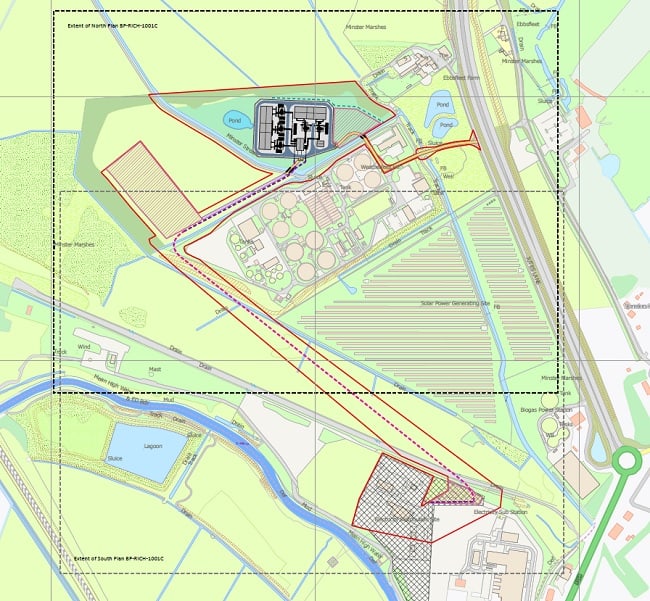
400kV cables will be installed underground between the platform and the national grid substation at Richborough. The cables will be installed using trenches, ducting, cable bridges and horizontal directional drilling.
Horizontal directional drilling will be used to install the cables underneath the SSSI.
Nik Mitchell, who runs Wildlife Conservation in Thanet, said: “I am absolutely gutted this application got through. The bit of scrubland they are going to run the cable through and destroy is the best piece of biodiversity in Thanet and one of the best in Kent. I can’t believe they are going through that of all the routes they could have taken.
“That’s where we have nightingales, heron, turtle doves, long and short eared owls. That is right through their habitat .It has been granted without us even realising, it is so disheartening.”
Ramsgate wildlife guide Keith Ross has branded the development “a disaster.”
He added: “It goes straight through an SSSI area that has Nightingale and Turtle Dove, as well as directly through a heronry, owl roost and where the Little Egrets breed.
“This area is the old disused Richborough Port railway track and Weatherlees Hill and is a vital wildlife corridor that connects Pegwell Bay to Minster Marshes. The amount of wildlife I have seen in this area over the years. It is designated SSSI for a reason.”
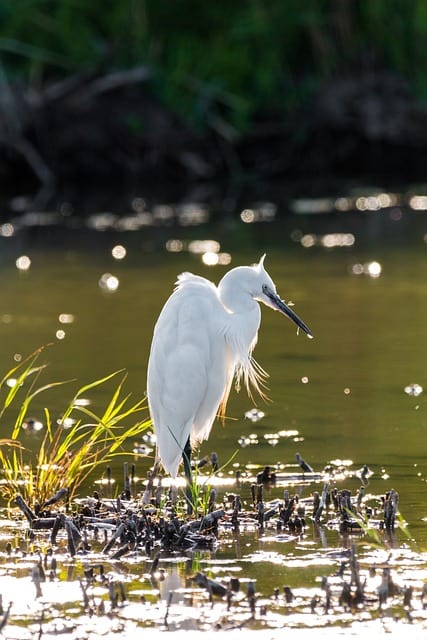
One letter of concern was sent to Thanet council saying the work could result in cumulative Environmental Statement thresholds being exceeded. Concerns were also raised about construction traffic, site access and compound/storage locations and the requirement for future collaboration and coordination.
Minster Parish Council did not object to the amended plans but said: “Consideration needs to be given to the wildlife in the surrounding area (including herons seen in the area).”
A Thanet council report on the application says mitigation plans are required for nesting birds, reptiles and water voles.
It adds: “The submitted information has detailed that potential water vole burrows were recorded in the ditch that will be lost to facilitate the development. The survey has detailed there are records of water voles in the wider area and therefore it is likely that water voles will be established within the site.
“No details have been provided demonstrating that suitable mitigation can be implemented in the site in the event that water voles are recorded during a pre commencement check.
“Due to the likelihood of water voles being present we advise that information must be submitted demonstrating that suitable mitigation can be implemented if the species are recorded on site.”
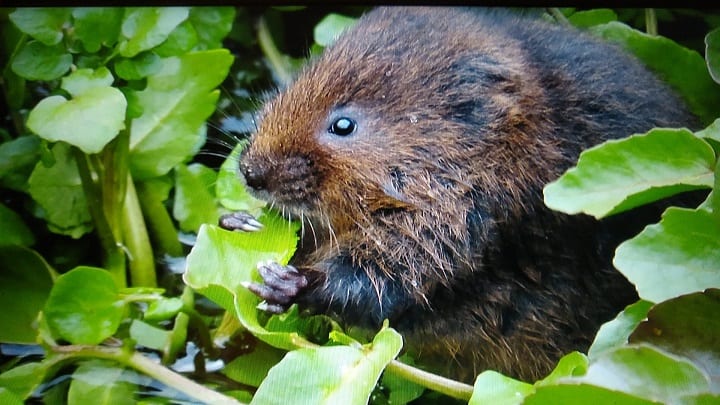
TI ProjectCo said habitat enhancement works will be carried out.
Natural England said it would possibly object to the initial plans but once amended proposals, with more detail on mitigation measures, were submitted, the organisation said it was “satisfied.”
The report to councillors confirms the loss of 3.4ha of agricultural land, saying: “The site comprises three fields – two to the east of the Minster Stream and one to the west.
“The western field would be used as a temporary compound and underground electrical cabling would be installed through this field. The western field will be restored to agricultural land following the development.
“There would be a permanent loss of 3.4ha of agricultural land within the two eastern fields. The Agricultural Land Classification report commissioned to support the proposed development indicates that the land within these fields is Grade 3b which is not considered to be best and most versatile land.
“This proposal would provide infrastructure that would help facilitate the use of renewable energy sources and provide stability to the grid. The applicant has also indicated that this location has been selected due to its proximity to the National Grid substation.”
The report adds: “This development would result in both the permanent and temporary loss of agricultural fields that are in close proximity to locally, nationally and internationally designated sites and appear to provide habitats for various protected species.
“The applicant has provided detailed plans and surveys of the site as well as the proposed measures to mitigate the loss of the existing habitat and enhance the surrounding area. The statutory consultees are satisfied that sufficient information has been submitted to understand the habitats on the site and the potential impacts and whilst this development could have potential effects on these designated sites that the proposed mitigation would make the development acceptable.”
The development was approved in August.
National Grid converter station also planned
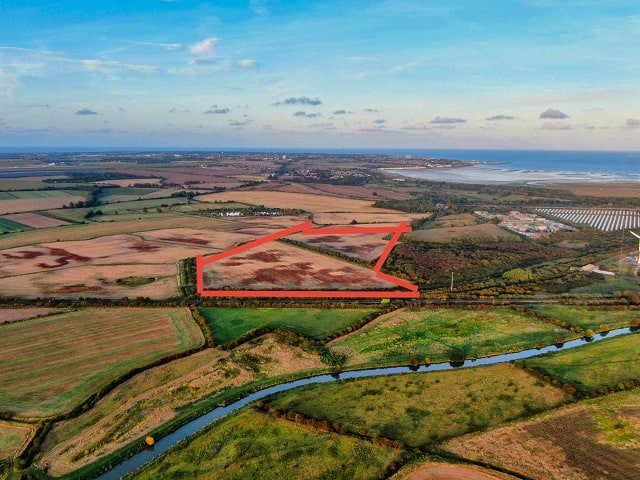
The Minster marshes area is also earmarked for National Grid plans to build a 60,000 square metre (6 hectares) onshore converter station.
The Sea Link project has provoked an opposition campaign by those concerned at the impact on the area’s wildlife.
The project involves creating a subsea electricity cable between Suffolk and Kent which National Grid says will help deliver the UK’s energy security strategy and net zero targets.
The proposals outline a preferred route of 10km of onshore and 140km of undersea cables, together with potential landfall and converter station locations at Friston substation in Suffolk and at Richborough.
National Grid’s preferred route runs from a landfall in Pegwell Bay to a proposed converter station site and high voltage pylons over the land to the south of Minster.
Resident Kerry Hogben has raised a petition against the plans and is just one of numerous objectors.
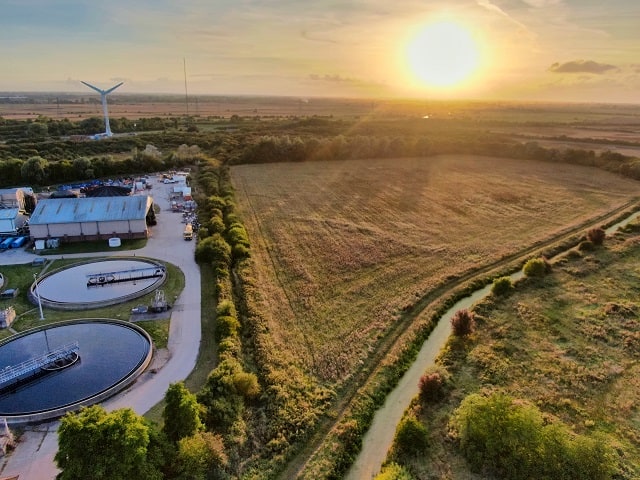
The petition has attracted almost 4,000 signatures.
On the petition page Kerry says: “Minster marshes is a critical ecological super highway connecting a site of special scientific interest with the rest of the country. It is home to hundreds of bird species many of which are on the endangered list. The National Grid are proposing to build across this vital landscape devastating the local ecology.
“It is an environmental haven where many species have been forced to live due to the excessive building elsewhere in Thanet. Environmentalist have recently seen species such as barn owls, partridges, skylarks, grasshopper warbler, garden warbler, curlew, golden plover, Lapwings, Hen harrier, Marsh harrier, Yellow hammer, Sparrow hawk ,Jack snipe , Common snipe and turtle doves.
“Additionally living there are numerous reptiles and amphibians including grass snakes and sloe worms. Brown hares and water voles also call this space home.
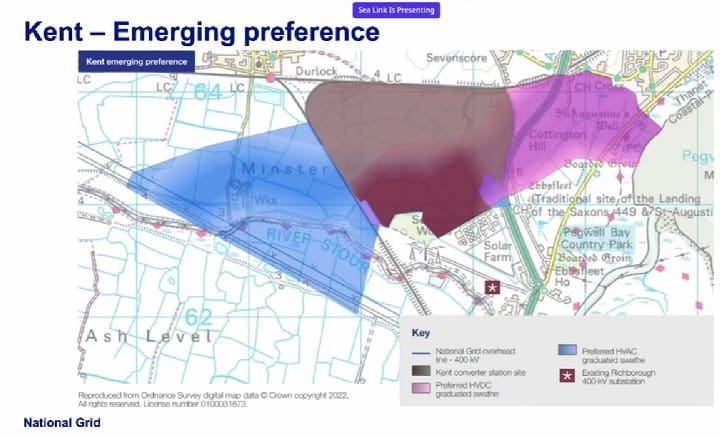
“National Grid is proposing to use the site to build a huge converter station over 30 meters high covering several hectares. With its additional infrastructure of roads and pylons it will devastate the local ecology having a knock-on effect throughout the south east.
“There are other options available to the National Grid, this isn’t the only available site but it is the cheapest. The only cost will be to our wildlife!”
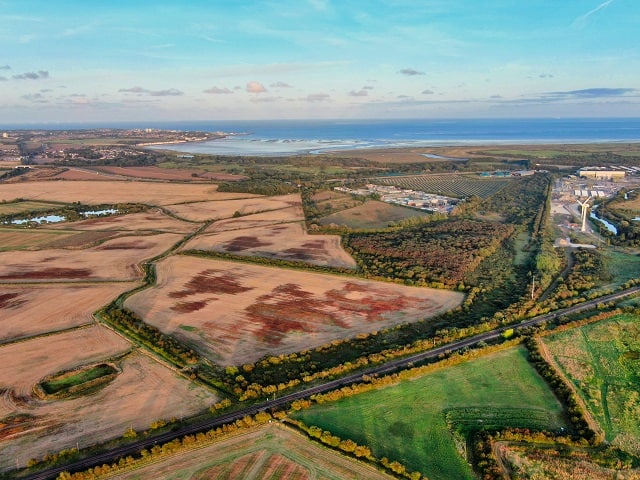
A statutory consultation on the plans is due to take place between 24 October and 18 December, according to documents lodged with the Planning Inspectorate.
This project needs to obtain a development consent order (DCO) via an application to the Planning Inspectorate.
The Secretary of State is expected to make a decision in 2025 with construction then taking place, if granted, between 2026 and 2030.
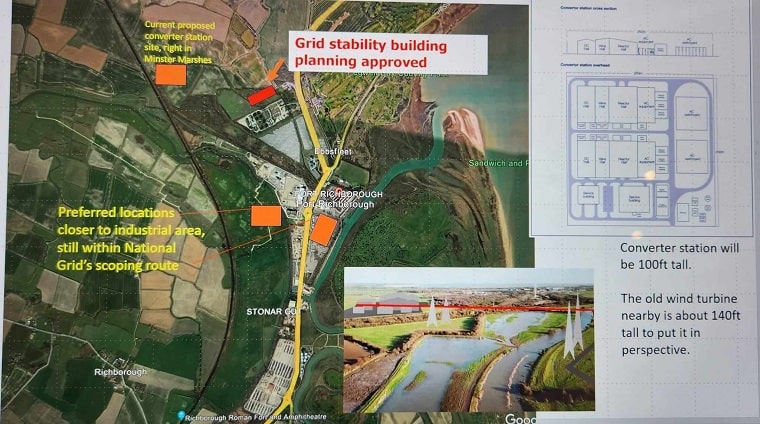
A campaign page Save Minster Marshes has been set up by resident George Cooper on facebook for those who want to fight the proposals.
Find Save Minster Marshes here
Find Minster Marshes wildlife map here
Find the National Grid plans on its website here and on the Planning Inspectorate site here

